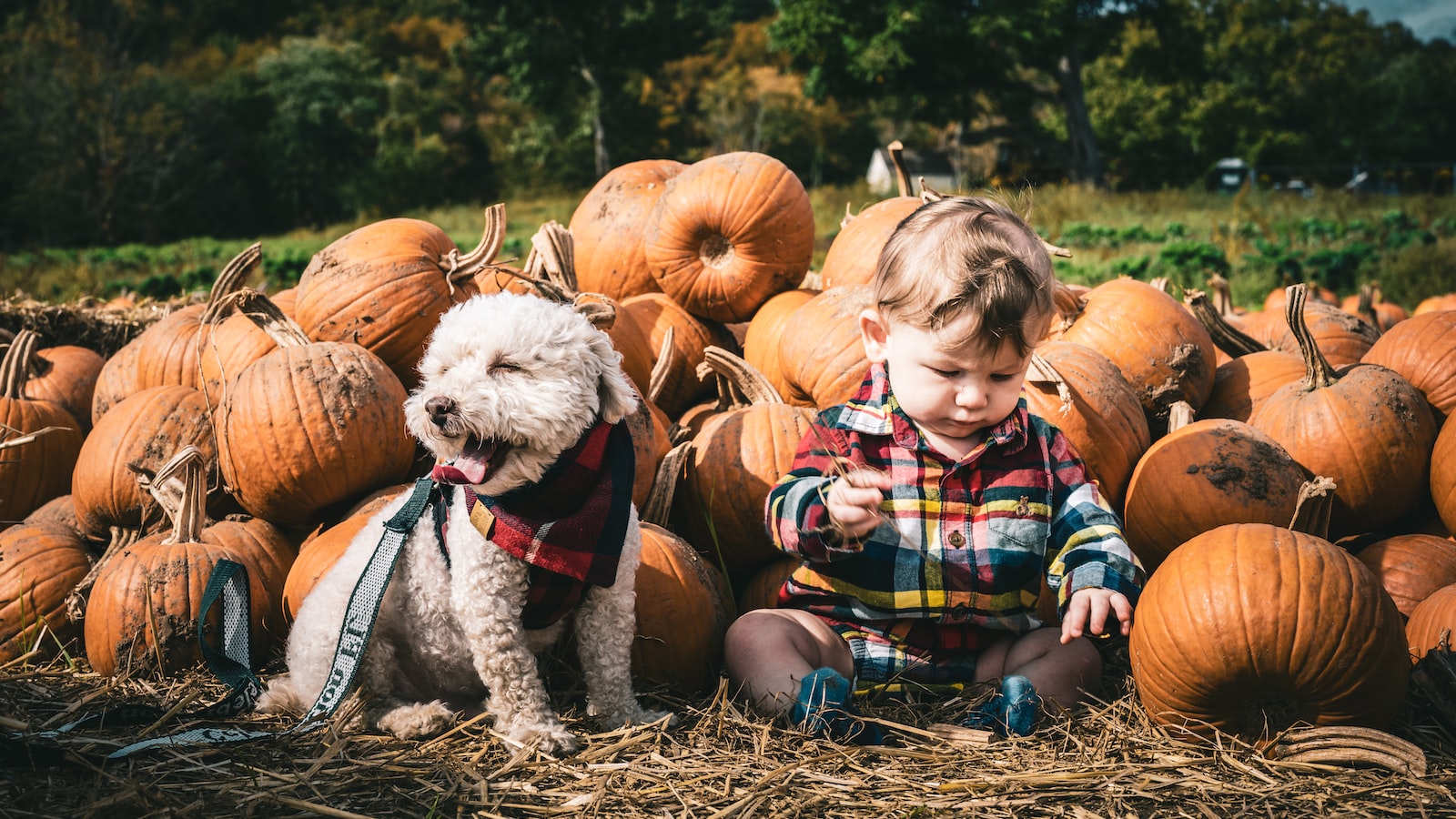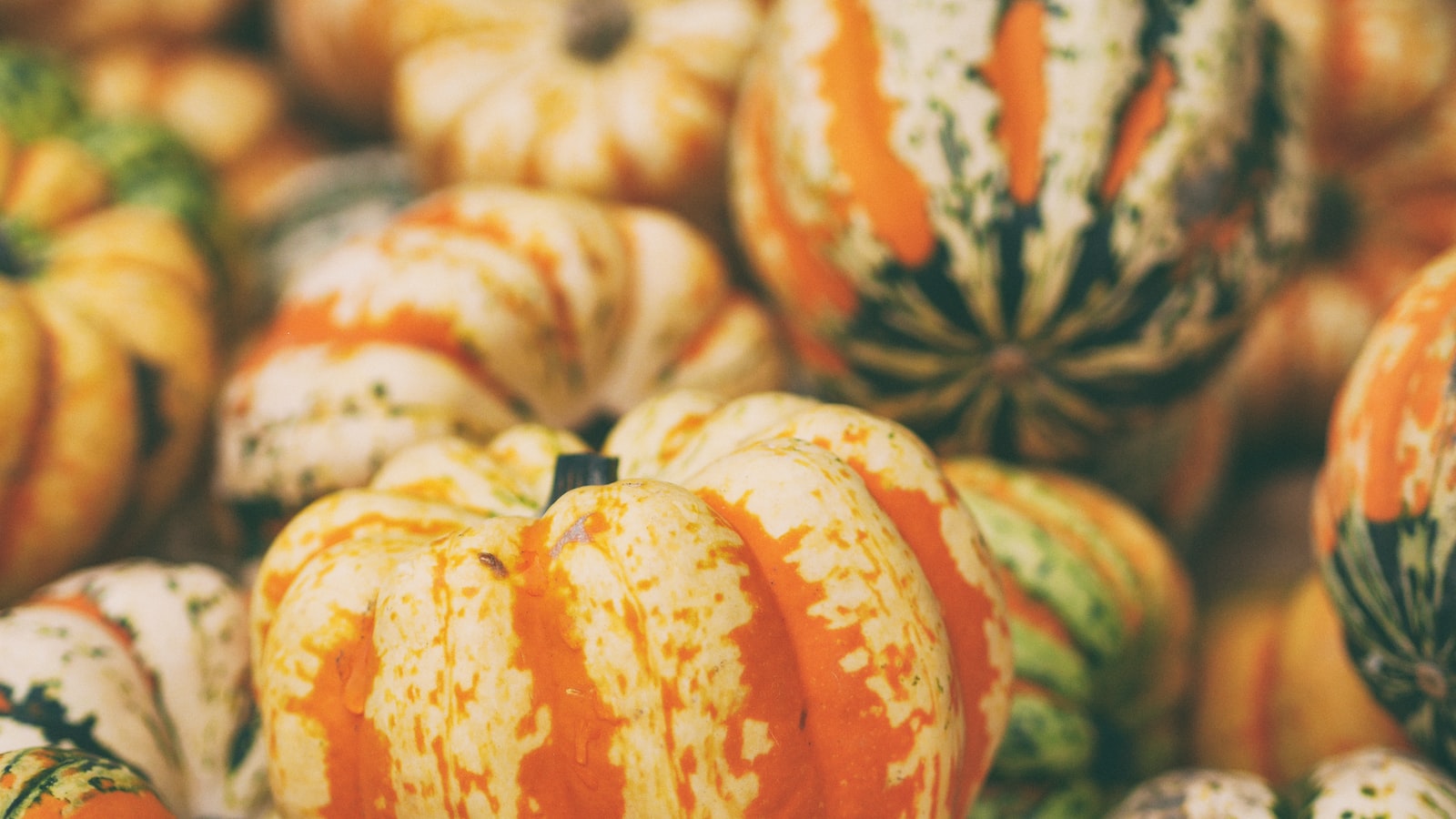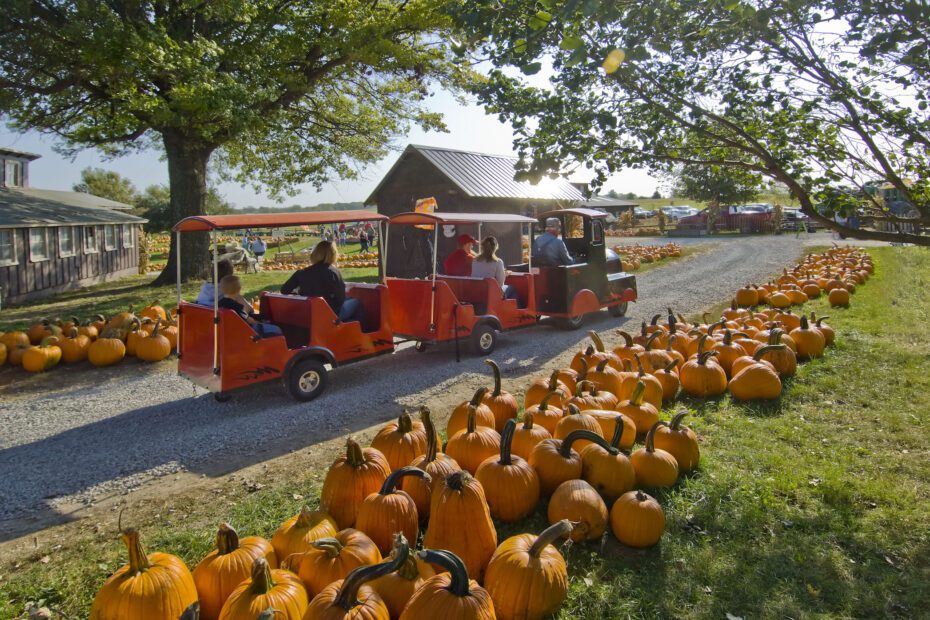Hidden among the golden fields of corn and the vast stretches of prairie, Nebraska conceals a secret that emerges each fall. It is the time when the vivid oranges and enchanting hues of pumpkins take center stage, gracefully adorning porches and filling fields with their whimsical presence. For pumpkin enthusiasts in this heartland state, the question arises: When is the perfect time to sow these magical seeds and watch them flourish? As the seasons change and the winds whisper secrets to those who listen, let us embark on a journey to uncover the mysteries of planting pumpkins in the bountiful lands of Nebraska. In this article, we will explore the delicate dance between timing and nature, delving into the optimal period to sow the seeds of autumn’s most captivating crop – a question that holds the key to a flourishing pumpkin patch and a harvest to cherish. So, grab your gardening gloves and don your imagination; together, we shall unlock the secrets of when to plant pumpkins in Nebraska.
Choosing the Optimal Time to Plant Pumpkins in Nebraska
In order to have a successful pumpkin harvest in Nebraska, it is crucial to choose the optimal time for planting. Nebraska’s climate can be challenging, with hot summers and cold winters. However, with a little bit of planning, you can grow beautiful pumpkins that will bring joy to your Halloween celebrations or add a pop of color to your fall decorations.
When it comes to planting pumpkins in Nebraska, the key is to wait until the risk of frost has passed. Ideally, you should aim to plant your pumpkin seeds in late May or early June. This will give the seeds plenty of time to germinate and establish strong roots before the heat of summer arrives. Additionally, it is important to select a location for your pumpkin patch that receives full sun for at least 6 to 8 hours a day. Pumpkins thrive in warm, sunny conditions, so make sure to provide them with the right environment to grow.
To help you make the most out of your pumpkin planting adventure, here are some features and tips that might come in handy:
| Feature/Tips | Description |
|---|---|
| Choose the right variety | Consider the size and color of the pumpkins you want to grow. There are numerous varieties available, such as Jack-o’-lanterns, pie pumpkins, and decorative ones. |
| Prepare the soil | Make sure to provide your pumpkins with fertile soil that is well-drained. Add compost or aged manure to improve the soil’s quality. |
| Space them out | Pumpkin plants require plenty of space to grow. Provide each plant with about 10-15 feet of space in between. This will allow for proper air circulation and prevent diseases. |
By following these simple guidelines and utilizing the information provided, you can increase your chances of having a successful pumpkin harvest in Nebraska. So grab your gardening gloves and get ready to enjoy the sight of flourishing pumpkins in your very own backyard!

Factors to Consider for Successful Pumpkin Planting in Nebraska
Growing pumpkins in Nebraska can be a rewarding and exciting experience, but to ensure a successful harvest, it’s important to consider several factors. One of the key factors to keep in mind is the timing of planting. Pumpkin seeds should be sown in Nebraska when the soil temperature has reached at least 60°F. This usually occurs in late May or early June, depending on the specific location within the state.
Soil preparation is another crucial aspect for successful pumpkin planting. Pumpkins thrive in well-draining soil with a pH level of 6.0 to 7.0. Before planting, it’s recommended to amend the soil with organic matter, such as compost or aged manure, to improve its fertility and moisture retention. Furthermore, ensure that the planting site receives full sun exposure for at least 6-8 hours a day to promote healthy growth and fruit development.
| Tips for Successful Pumpkin Planting | Features to Consider |
|---|---|
| Choose a suitable pumpkin variety | Look for varieties that are well-adapted to Nebraska’s climate and have a shorter maturation period. |
| Proper spacing | Allow enough space between each plant for proper air circulation and sprawling vine growth. |
| Regular watering | Keep the soil consistently moist, especially during dry spells. Avoid over-watering to prevent root rot. |

Inside Scoop: Expert Recommendations for Planting Pumpkins in Nebraska
Are you a pumpkin lover who can’t wait to grow your own pumpkins in Nebraska? You’ve come to the right place! In this article, we will provide you with the inside scoop on expert recommendations for planting pumpkins in Nebraska.
The first t
hing to consider when planting pumpkins in Nebraska is the timing. Pumpkins thrive in warm weather, so it’s important to wait until all chances of frost have passed. Typically, the best time to plant pumpkins in Nebraska is in late May or early June. This ensures that the soil has warmed up enough for the seeds to germinate and the plants to grow.| Features | Tips |
| Choose the right variety | Consider growing varieties like “Howden,” “Connecticut Field,” or “Cinderella” in Nebraska. |
| Prepare the soil | Ensure that the soil is well-drained, nutrient-rich, and has a pH level between 6.0 and 7.5. |
| Provide ample space | Pumpkin plants require plenty of room to spread out, so make sure to give them a spacious area in your garden. |
By following these expert recommendations and paying attention to the features and tips provided, you’ll be well on your way to successfully growing pumpkins in Nebraska. Get ready to enjoy the sight of vibrant orange pumpkins in your own backyard!


